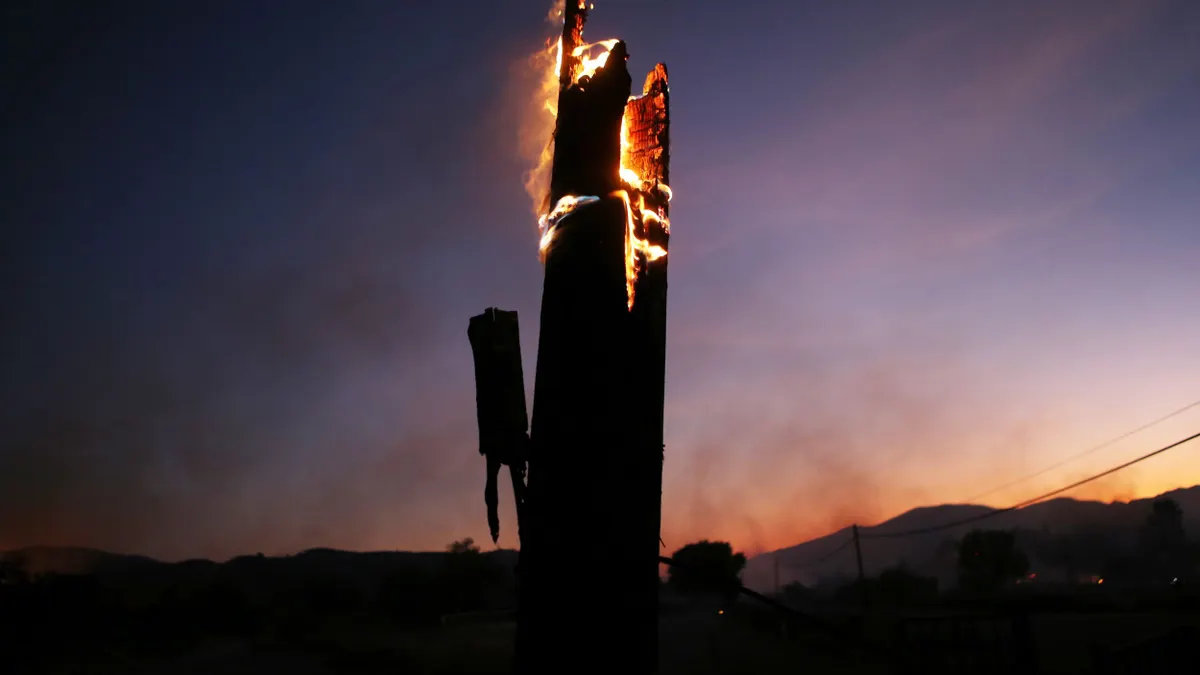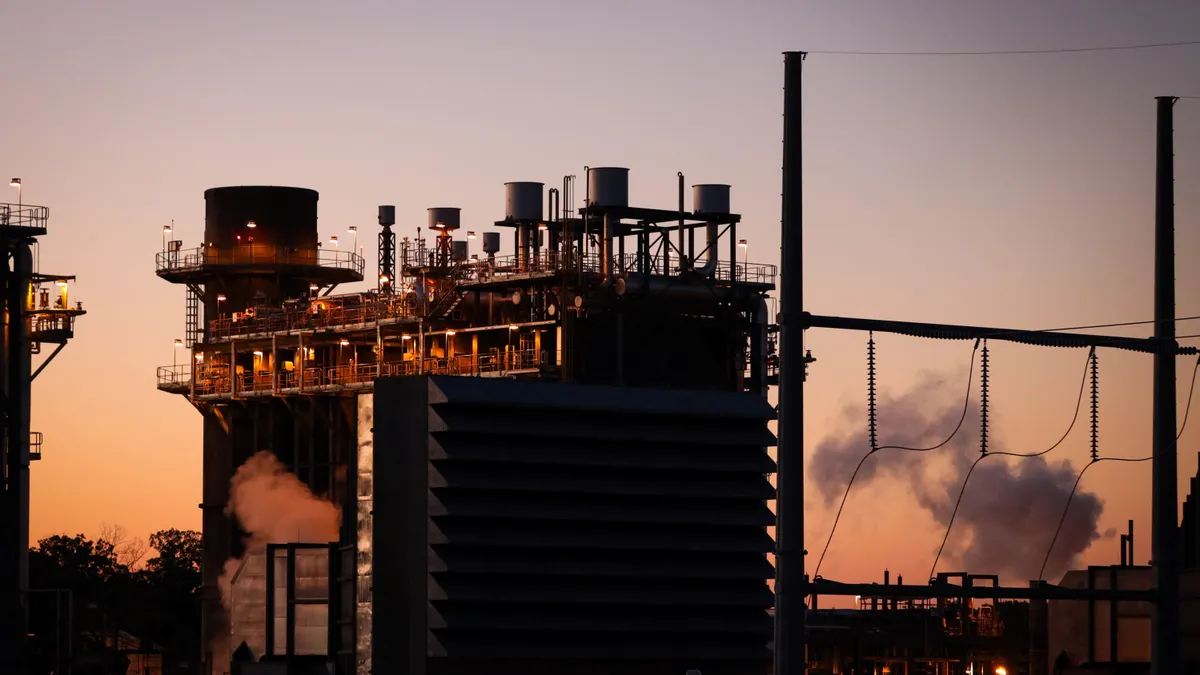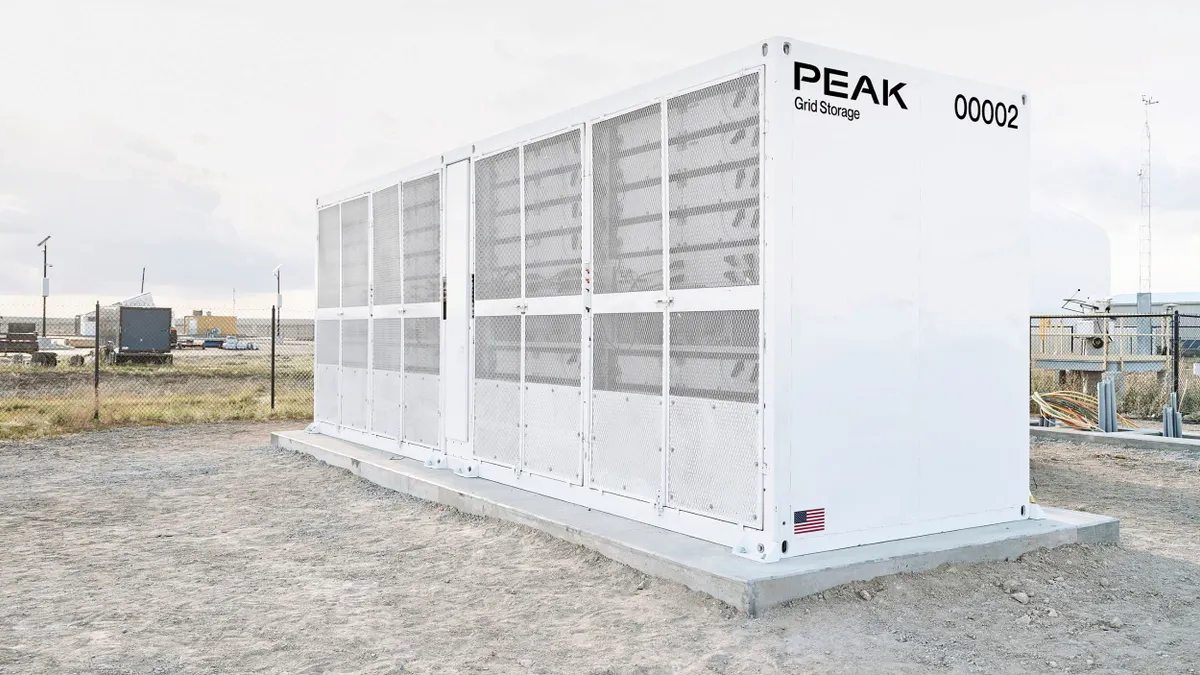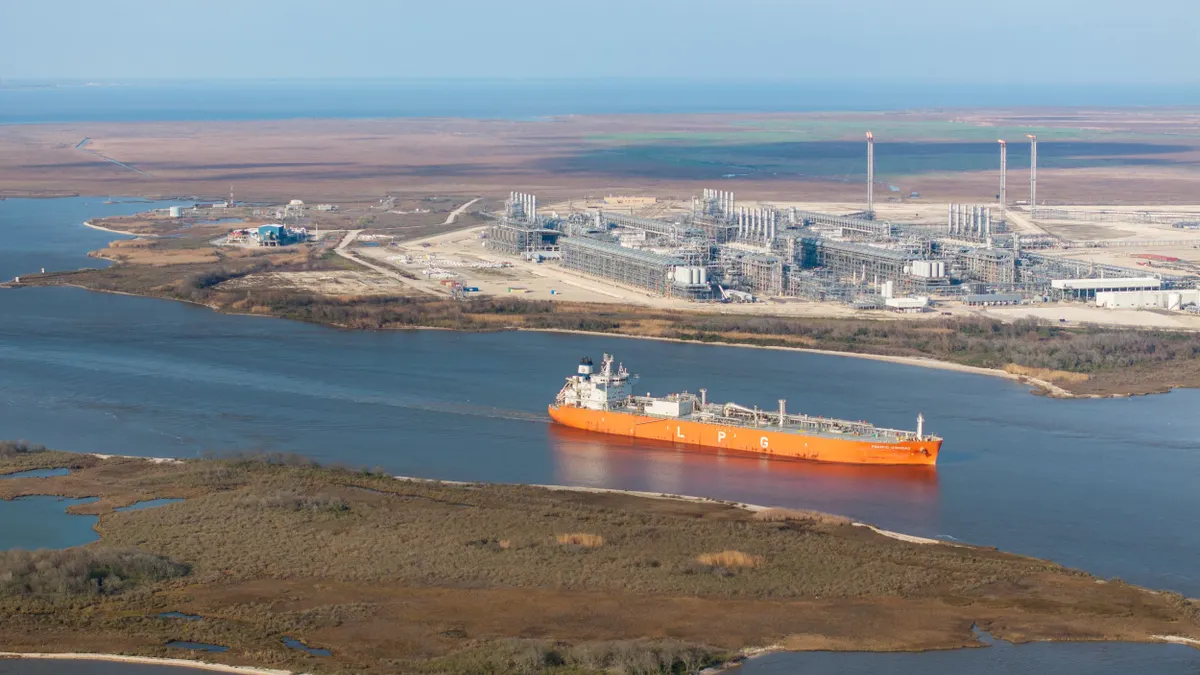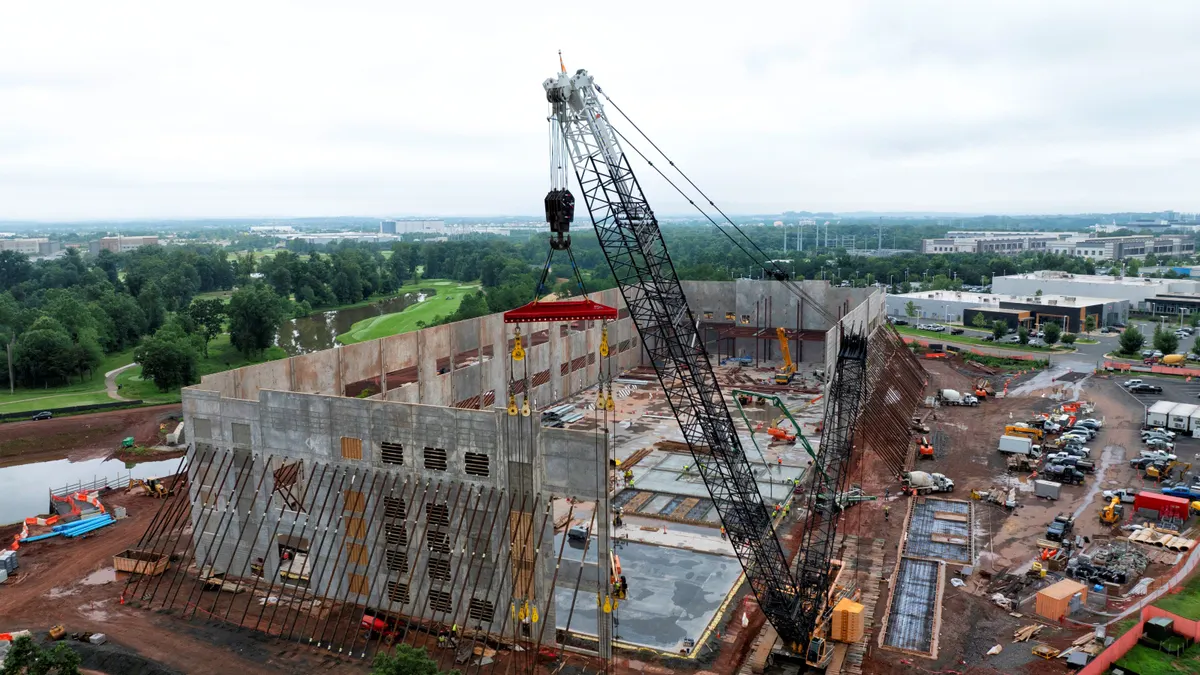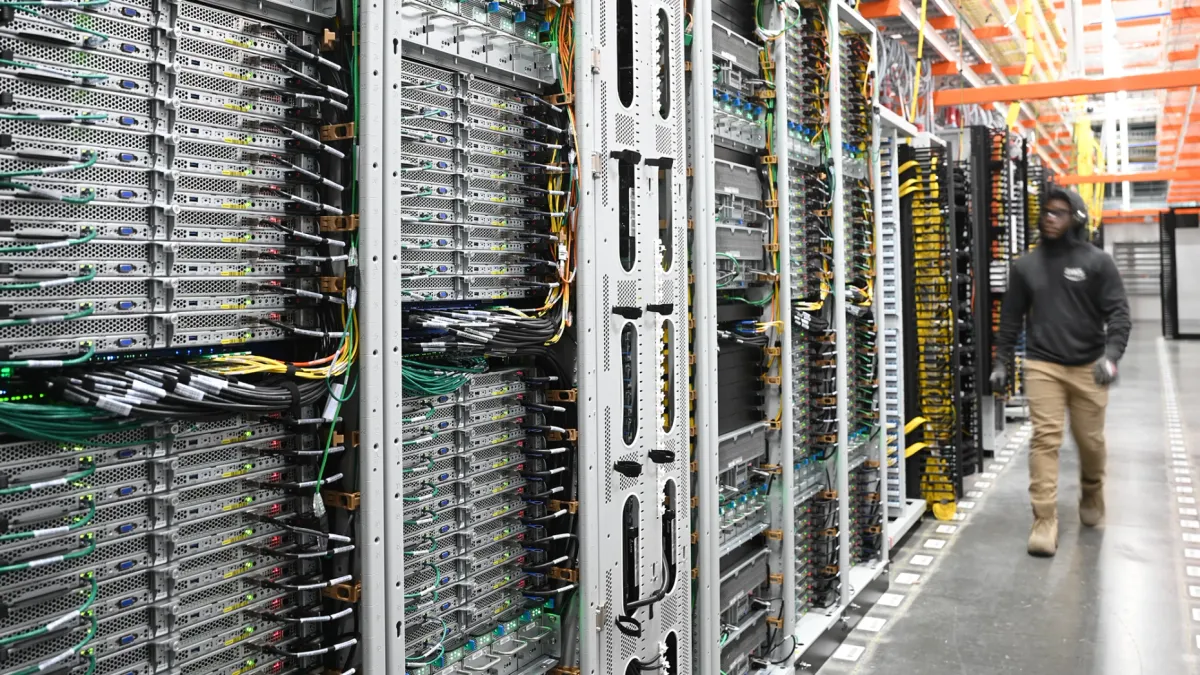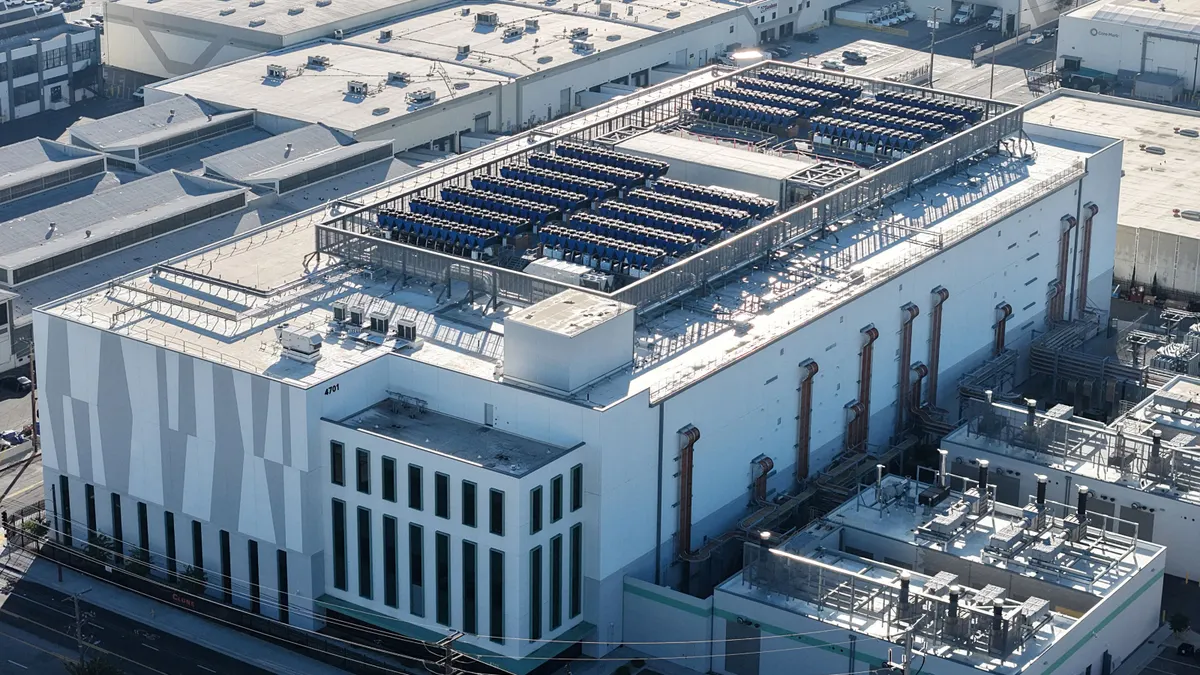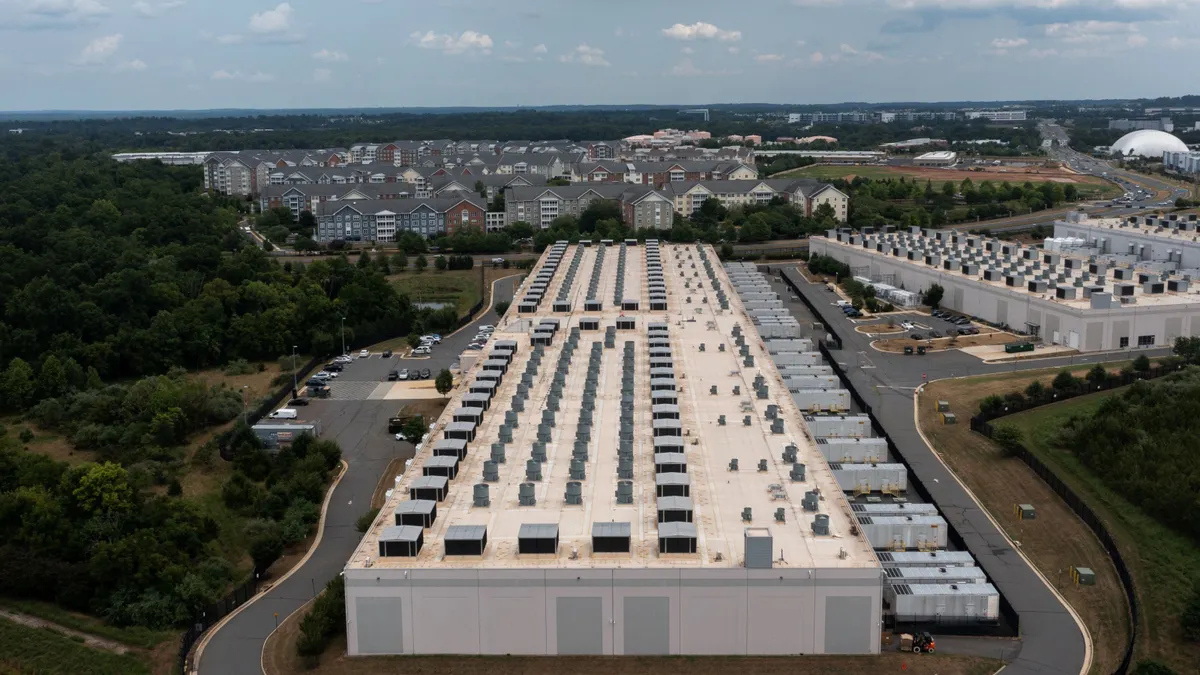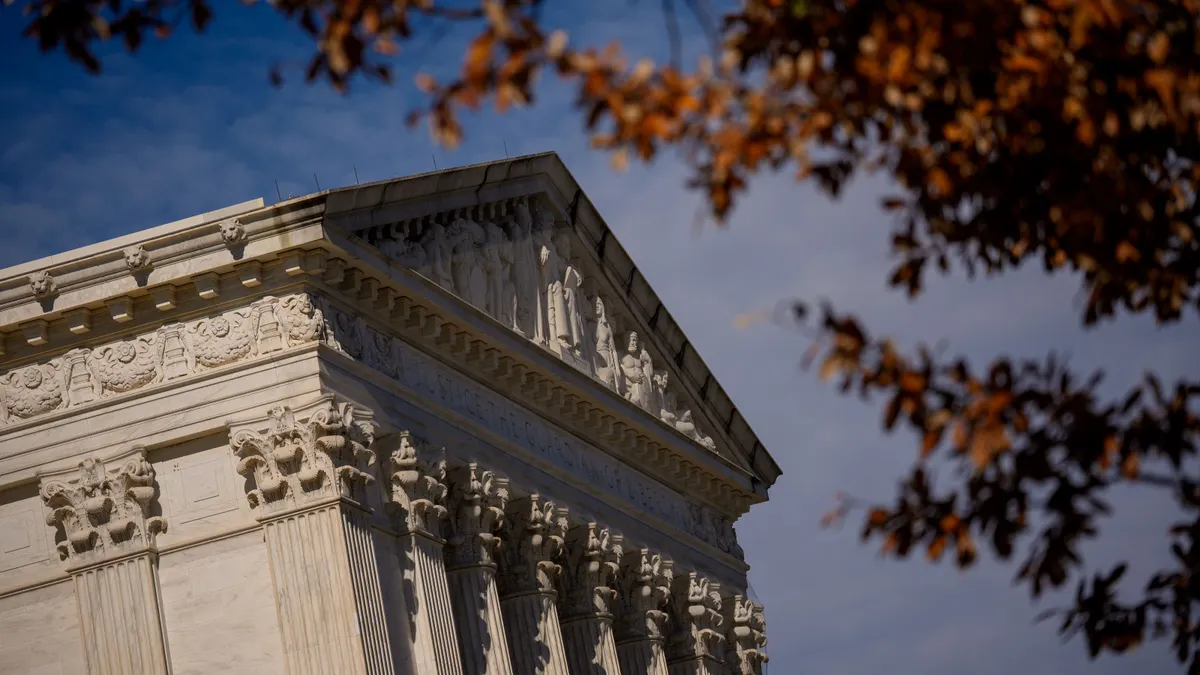Hari Vasudevan is founder and CEO of KYRO AI.
In Georgia this summer, regulators voted on new rules intended to shield residential customers from cost hikes associated with data centers. It was a quiet ruling with loud implications: The American power grid, once largely invisible, is now colliding head-on with the digital economy driven by artificial intelligence.
Higher bills aren’t just coming from leaving the lights on. They’re driven by the server farms powering the AI bots we chat with, the videos we stream and the cloud storage we rely on. Data centers used 4% of U.S. electricity two years ago and are on track to devour three times that by 2028. And when the grid can’t keep up, it’s not tech giants who pay the price; it’s everyone else.
The problem isn’t a lack of investment. Utilities have poured more than a trillion dollars into the grid in the last decade and $178 billion in the last year alone. But reliability has barely budged. U.S. electricity customers averaged five and a half hours of power interruption in 2022, up from about three and a half in 2013. Meanwhile, electricity rates are up more than 30% since 2020, and one in five households now struggles to pay their bill. If money alone could fix the grid, it would have by now.
Smarter spending, smarter grid
Utilities need smarter spending, and that requires technology. Other industries have shown how discipline plus innovation rewrites the rules: SpaceX cut launch costs by reusing rockets, and Amazon Web Services flipped computing by offering storage on demand. The energy industry is far overdue for its own pivot.
The current grid was built for a different century. But that era is over. And what comes next depends on whether utilities are willing to embrace the one tool that can finally turn the grid from reactive to predictive: AI.
In New York, New York State Electric & Gas is surveying more than 45,000 miles of overhead lines using AI-enabled drones, vehicles and imagery to spot failing equipment. Instead of waiting for insulators to crack or transformers to overheat, the system flags weak points in advance, letting crews replace equipment before failures set off a chain of outages. What once took weeks of manual surveying can now be done in hours, with far greater accuracy.
In California, Pacific Gas & Electric has turned to AI to blunt one of the state’s greatest threats: fire. The utility now uses AI to monitor fire conditions and provide automated notifications, improving response times, it says. The utility's combined efforts have brought reportable ignitions down 65% compared to the 2018-2020 average. For towns that have lived through evacuations and blackened skies, that drop means fewer late-night sirens and fewer lives uprooted.
The state’s grid operator, the California Independent System Operator, is also experimenting with a generative AI system known as Genie. Instead of waiting for outages to spread across the network, Genie is designed to sift through streams of real-time data and flag problems early. The idea is simple: less time spent scrambling to identify what broke, more time preventing the next failure.
In New England, the regional grid operator ISO New England has begun piloting an AI-powered system called OWLS, which predicts weather-driven transmission outages up to 18 hours before they occur, overlaying outage risk on a map so operators can pre-position crews and prevent compounding failures.
These aren’t futuristic ideas. They’re tools already in use in pockets of the industry. The real question is whether utilities will scale them up before the next crisis forces their hand.
Of course, skeptics will say utilities have tried technology before, with little change in reliability. Or that AI is hype, better at generating poetry than preventing blackouts. That skepticism isn’t misplaced, but it misses the point. Past “solutions” bolted new software onto old habits. Today’s AI is rewiring how decisions are made, from what trees get trimmed to where repair crews are staged.
Why now: Three forces making this decade decisive
Data center growth, much of it powered by AI, is already pushing electricity demand faster than the grid can expand. That’s the strain.
But the same algorithms driving those energy-hungry data centers are also the tools that can help utilities adapt: They can balance supply and demand minute by minute, predict failures before they propagate and restore service faster after storms.
At the same time, climate-fueled storms are hitting harder and more often, with 80% of major power outages between 2000 and 2023 stemming from weather-related events, exposing brittle infrastructure. And renewables — solar that fades at sunset and wind that ebbs and gusts — make precision grid management essential. Ten years ago, the cracks could be patched. Today, they’re widening too fast. The convergence makes this decade decisive.
And the stakes are painfully real. A blackout in a heat wave doesn’t just inconvenience people; families with medical devices suffer. Close to 15 million households have medical devices that require electricity to operate, and in 2023, nearly a third of these households reported being affected by power outages. When electricity rates spike, households must choose between groceries and air conditioning. The average outage may be measured in hours, but for millions of Americans, the consequences stretch into days of lost wages, spoiled food and unsafe living conditions.
Utilities now face a stark choice: Keep pouring money into a reactive, 20th-century model, or build a grid ready for the future. The former guarantees higher bills and repeated failures. The latter offers a resilient, affordable system capable of powering both our homes and our digital lives.
America’s grid is at an inflection point. The utilities that embrace AI now will set reliability and affordability standards for decades to come. Those who hesitate will be remembered for letting the lights, and the opportunity, go out.


